Peony Flower Meaning: Decoding The Symbolism Behind These Stunners
The exquisite charms of peonies have symbolized many things in history, woven into different cultures. We consider how peony flower meaning has adapted and grown


Did you ever wonder what peonies symbolize? With such stunning blossoms, we can correctly assume there is some ancient peony flower meaning ascribed to them. Classic garden flowers that evoke old-fashioned elegance, peonies are a harbinger of summer that bloom in late spring, their flowers lasting only a precious week or two. But when the bush is in flower, the effect for anyone who grows peonies is stunning.
While we can admire their gorgeous hues and textures, there is an impressive backstory to these blowsy blooms which is also worth considering. They have an interesting history and, not surprisingly, peony symbolism goes well beyond its beauty. Read on to find out more about some of the mythology behind the peony.
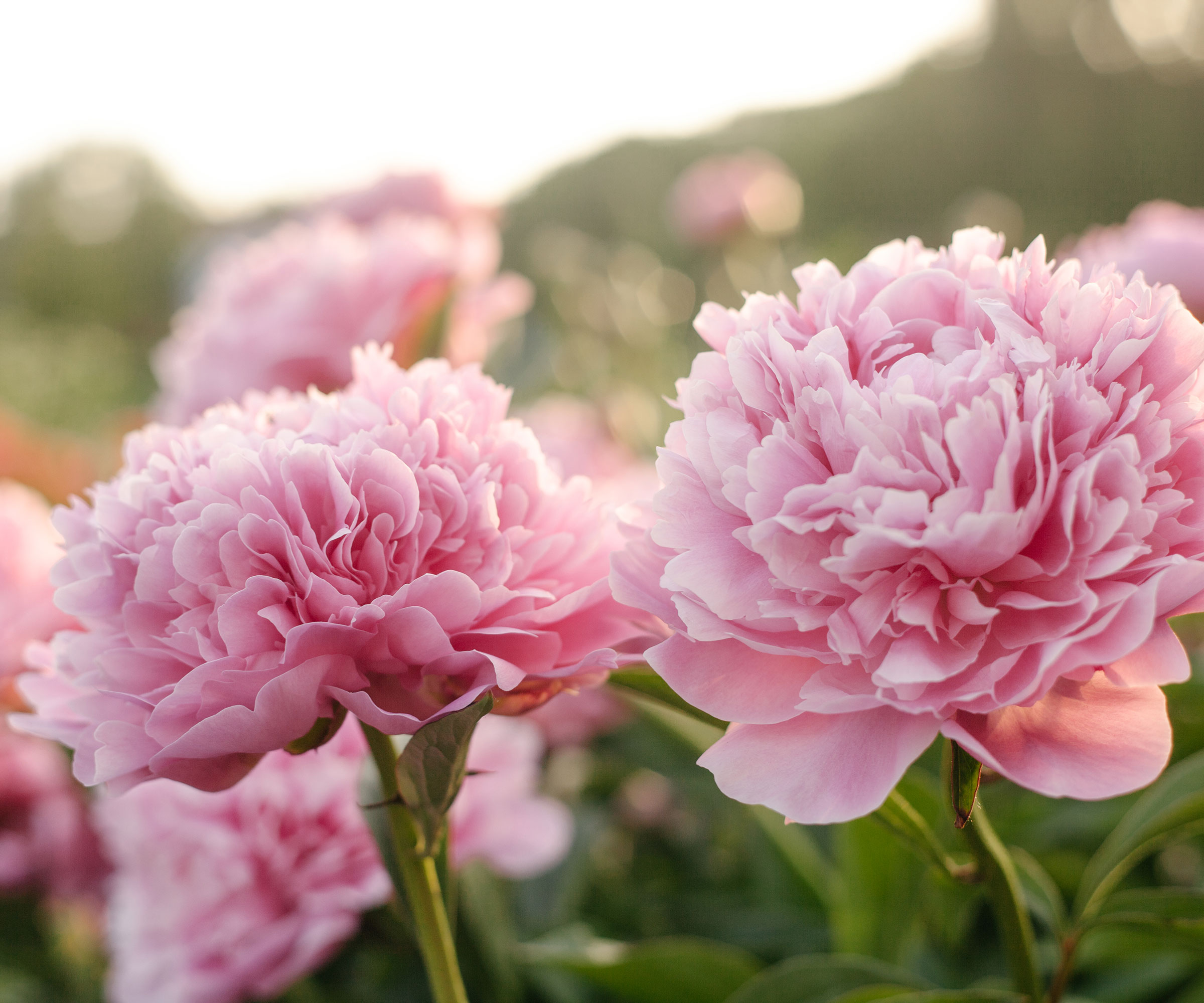
What Do Peonies Symbolize?
There are four main types of peonies: tree, herbaceous, hybrid, and intersectional. The latter is a cross between tree and herbaceous varieties. Native to Asia, Southern Europe and North America, peonies in one form or another have been cultivated for centuries. Tree peonies, in particular, have connections with Far Eastern dynasties and were highly prized by royals. The plants were first cultivated in China and used in medicine. Known as “the king of flowers” they were closely associated with royalty.
Peonies 2,000 years ago were primarily grown for their medicinal tubers. These were used to treat stomach pain, night sweats and sores. The root of the tree peony was used to cool and move blood, while the herbaceous tuber increased the energy of the blood. The bark, seeds and flowers also treated various ailments. The Chinese name for the peony is mudan, which translates to ‘red’, but can also mean ‘medicine’ or ‘healing’.
Historical Peony Cultivation
Initially grown as a medicine, the plant’s unparalleled beauty soon found it a place in formal gardens. The tree peony was grown for its flowers in the 6th and 7th centuries. In the Sui and Tang dynasties, it had a prominent place in the royal gardens. It is often called luoyang hua, after the city of Luoyang where it was thought to be grown first as an ornamental.
Extensive breeding led to 30 different cultivars by the 16th century. The flower became a symbol of wealth and elevated sums were paid for certain species. Today, exhibitions of the plants are still commonplace in Luoyang.
The European Peony Craze
Around the early 1800s, peonies were imported to Europe from China. France started the breeding trend and the hobby soon spread across Europe. In Europe the plant was known as the rose with no thorns. By the 1850s, the plant had spread to North America. Breeders focused on producing plants for the cut flower industry. Eventually, the bushes became popular landscape plants. In 1950, there were 90 North American peony breeders in the American Peony Society.
Gardening tips, videos, info and more delivered right to your inbox!
Sign up for the Gardening Know How newsletter today and receive a free copy of our e-book "How to Grow Delicious Tomatoes".
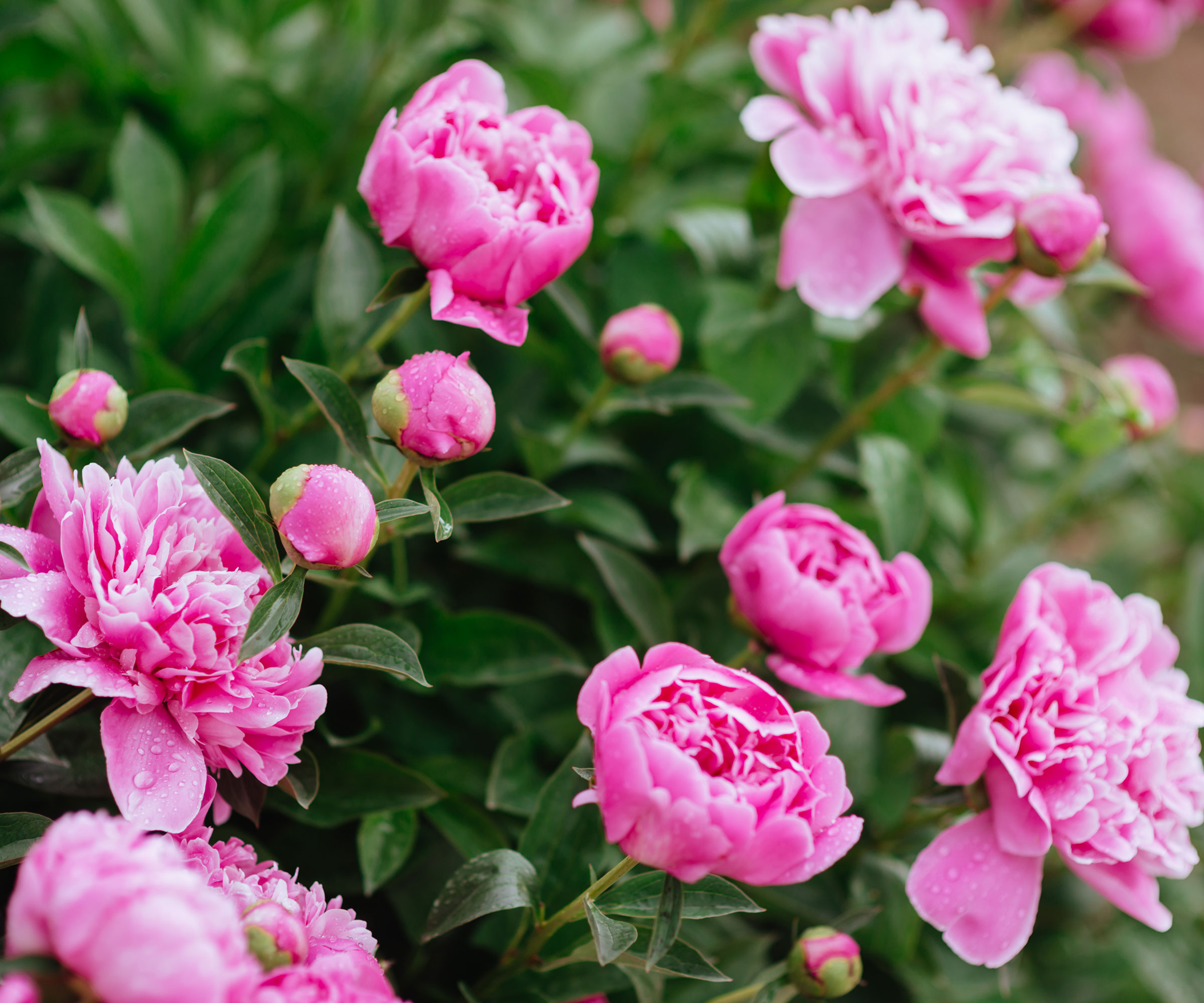
Modern Peony Flower Meaning
The floral industry is big business and has made it a practice to assign meanings to various flowers in an effort to market them for certain special occasions. Peony meaning, according to the industry, has variously come to encapsulate honor, prosperity, happy marriage, wealth, romance, bashfulness, happiness and good fortune, depending on hue, petal texture and breeding intention. The flower often makes its way into bridal bouquets and assorted flower arrangements.
Chinese Fable of the Peony
The peony plant’s popularity over the centuries has led to it being featured in poems, plays and other art forms. A classic fable, The Fabulous Peony, sees the wicked Empress Wu Zetian decreeing that all peonies in the garden would bloom overnight. The Male Vermillion Peony refused this order and was banished from the palace. The Empress stated that anyone growing this peony would be put to death. But the imperial gardener, Pei Fu, sent the roots of the plant to Luoyang. Secret gardens cultivated the plant until the Empress’s death, when the plant came out of hiding and was celebrated.
Peony Symbolism Throughout History
Various species of peony symbolize different things, depending on place and circumstance. The vermillion male flower of the tree peony, for instance, represented aristocracy and royalty. In China today, the flower symbolizes friendship, good luck and feminine beauty. It is also the official flower to celebrate 12 years of marriage.
The tree peony is one of the four flowers that represent the seasons. Appropriately enough, given when the peony is in season, it symbolizes the spring. In Japan, the flower represents good fortune, bravery, honor and wealth, and has a decided masculine presence.
Historically, the plant was often displayed in palaces and depicted in art. It was found in silk textiles, china plates, murals, and more. When combined with a phoenix, lion, pheasant or peacock, the peony reference reflects splendor, nobility and status. In floral arrangements, when combined with narcissus, the peony’s meaning is long life, wealth and honor.
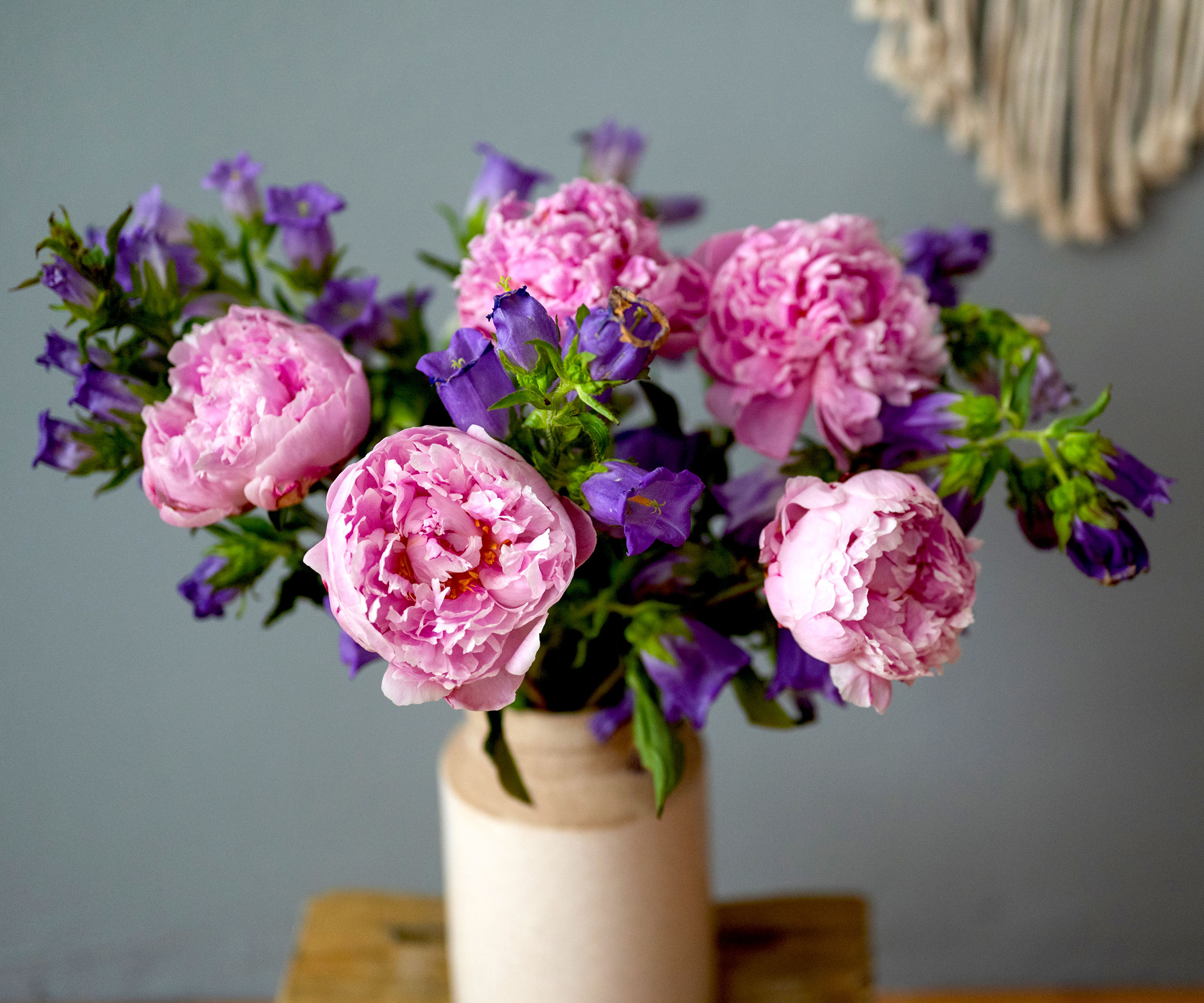
Frequently Asked Questions
What Do Different Colors of Peonies Symbolize?
Peonies lend themselves to a range of occasions in cut flower displays and bouquets. Understanding a little about their flower color symbolism can help greatly if you are considering giving peonies as gifts. As gestures of romance, you can opt for rich, passionate reds or gentler blush pink breeds. Hot pinks symbolize youthfulness and exuberance, while whites represent purity and innocence, making them ideal for gestures of celebration tied to births.
Purples are linked to royalty and admiration as well as success, so they are perfect for marking accomplishments and good fortune. Yellows are versatile, but have a particular allegiance with joy and health, so they are great for wishing someone good luck or a speedy recovery from illness.
What Do Peonies Mean in Cut Flower Displays?
Thanks to its versatility, range and extensive breeding, peonies can be used in cut flower displays to denote a range of emotional connections, events and ideas. Collectively, they are natural choices for symbols of romance, purity, elegance, fortune, success and joy. Peonies are incredibly popular in bouquets for celebrations and birthdays, as gestures of affection, and particularly in wedding arrangements.

Bonnie Grant is a professional landscaper with a Certification in Urban Gardening. She has been gardening and writing for 15 years. A former professional chef, she has a passion for edible landscaping.
-
 12 Lush Alternatives To A Lawn For Sustainable Spaces
12 Lush Alternatives To A Lawn For Sustainable SpacesAlternatives to a lawn are beautiful and also beneficial to your local ecosystem and its pollinators. Explore our top picks for plants to replace grass.
By Tonya Barnett
-
 Types Of Tomatoes Explained: Explore The Many Wonderful Shapes, Colors, Flavors, & Best Uses
Types Of Tomatoes Explained: Explore The Many Wonderful Shapes, Colors, Flavors, & Best UsesThe world of tomato varieties is vast and fascinating. Learn about the key types to grow in your garden, tailored to your preferences and space.
By Amy Grant
-
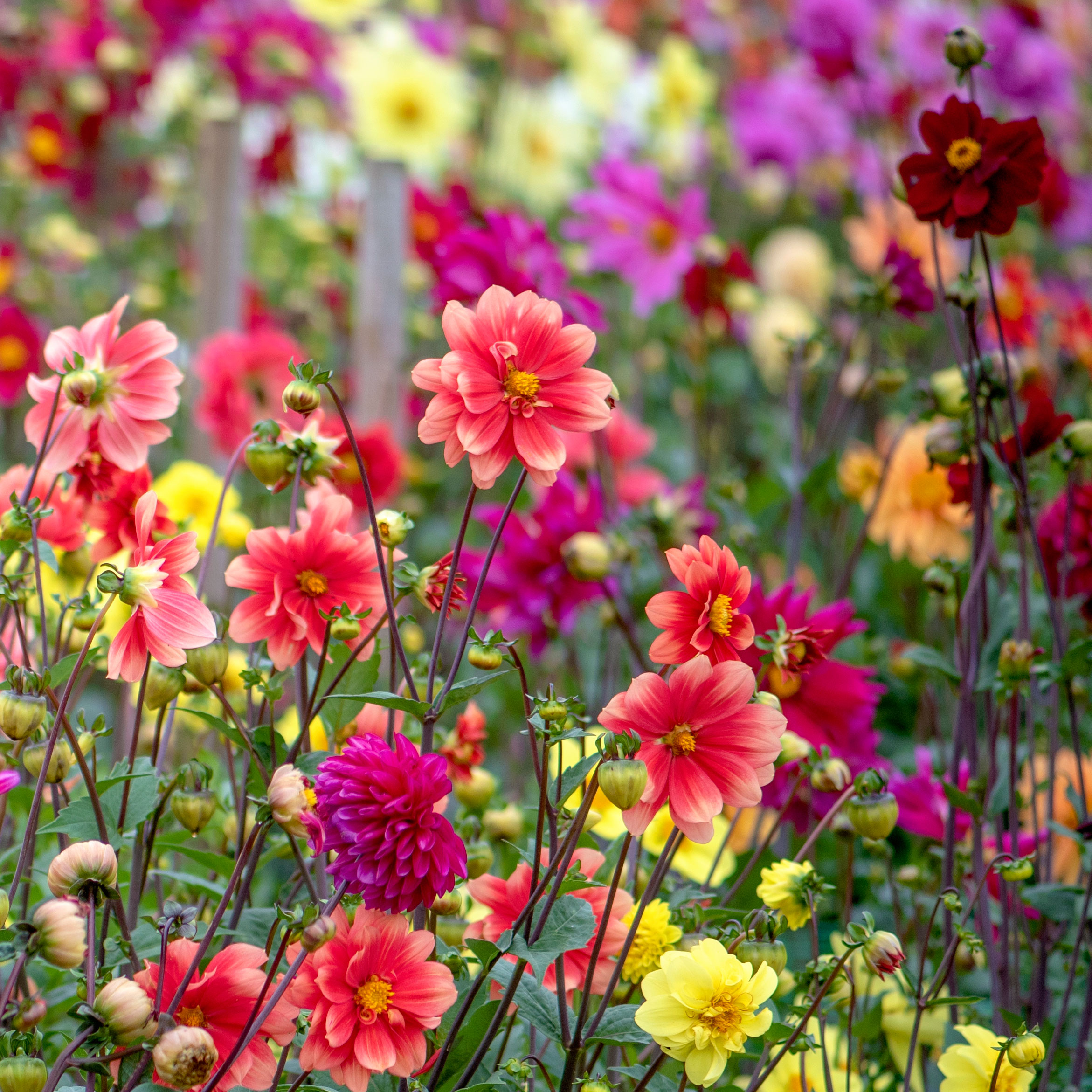 Cut Flower Garden For Beginners: 8 Easy Decorative Floral Plants For Newbies To Grow
Cut Flower Garden For Beginners: 8 Easy Decorative Floral Plants For Newbies To GrowAre you new to growing decorative florals for bouquets and ornamental displays? A cut flower garden for beginners is well within reach if you grow these flower seeds
By Tonya Barnett
-
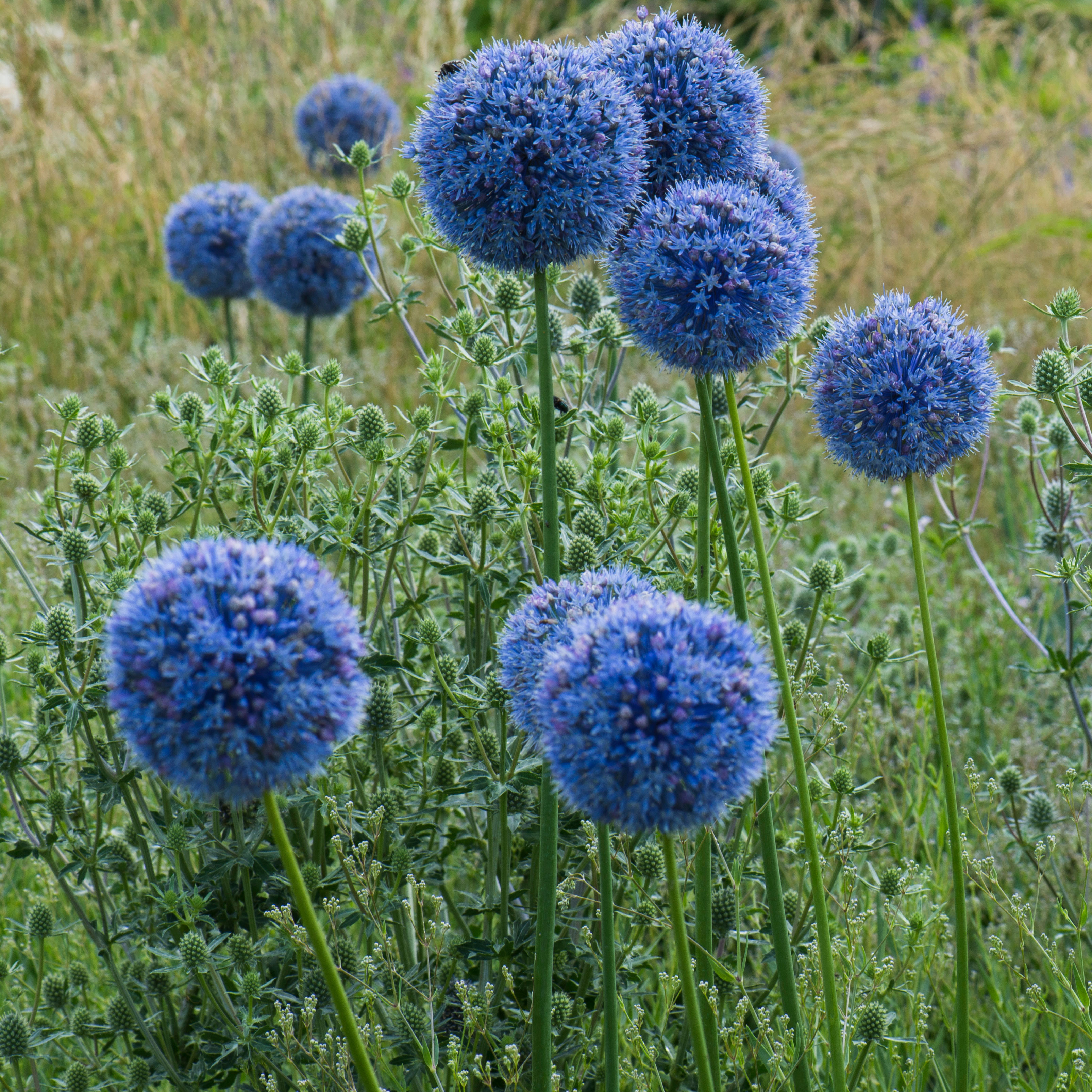 Want Blue Ornamental Onions That Look Unreal? Try These True Blue Allium Plants
Want Blue Ornamental Onions That Look Unreal? Try These True Blue Allium PlantsOrnamental alliums create majestic displays in gorgeous hues from violet to bright white – but if you fancy something otherworldly, try one of these blue allium plants
By Tonya Barnett
-
 "I Turned My Floral Hobby Into A Thriving Business" – A Grower Shares Secrets For Success
"I Turned My Floral Hobby Into A Thriving Business" – A Grower Shares Secrets For SuccessMeet Dee Hall Goodwin, a professional cut flower farmer and dahlia fanatic, who turned her passion for growing and arranging flowers into a successful business. She wants everyone to share the floral joy.
By Karen Darlow
-
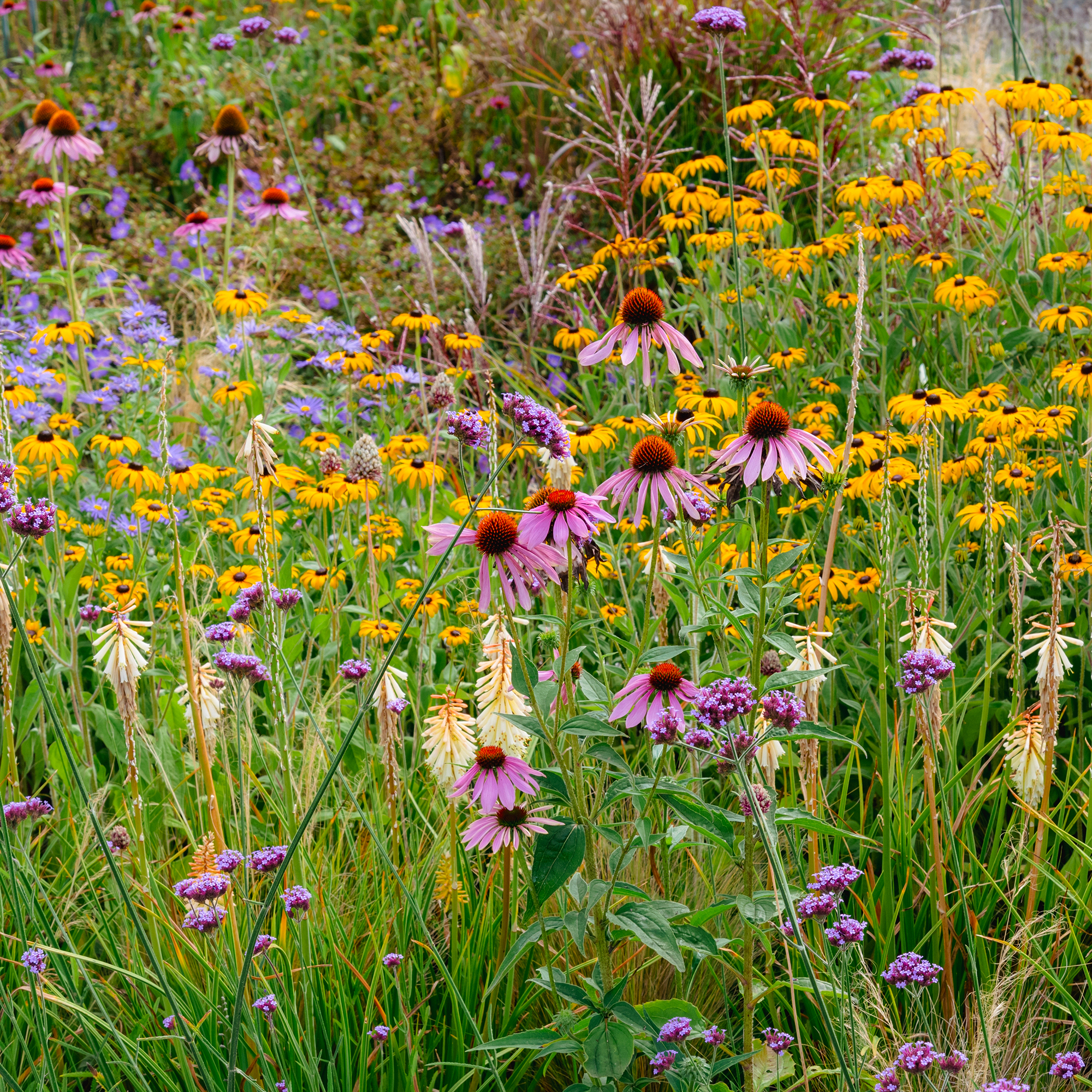 Grow Your Own Native Cut Flowers: 5 Planting Recipes for Beds & Pots
Grow Your Own Native Cut Flowers: 5 Planting Recipes for Beds & PotsEnjoy flower arrangements with blooms harvested from your own garden. These native planting combinations look beautiful and support wildlife.
By Ellen Wells
-
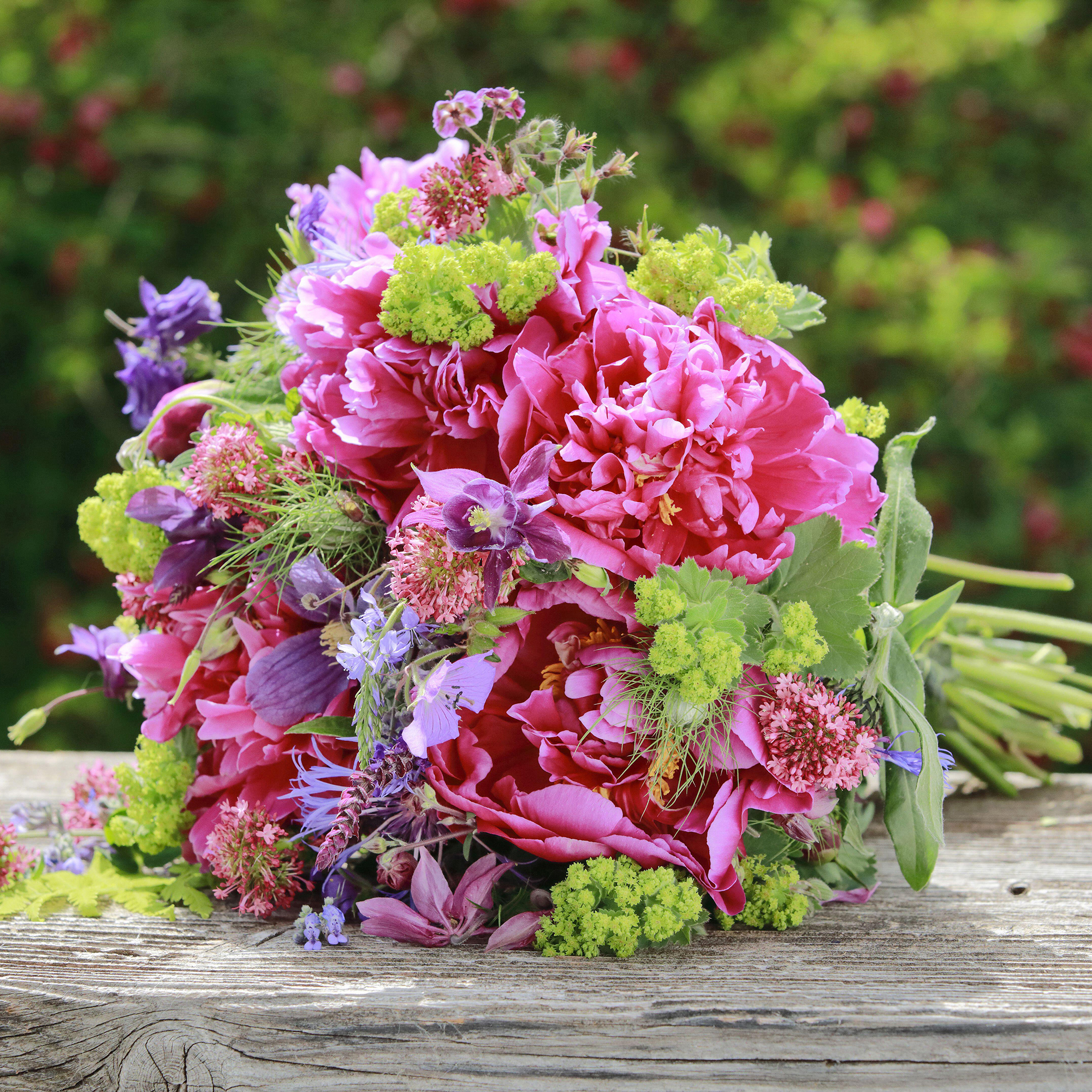 7 Cut-and-Come-Again Flowers To Grow In Your Garden
7 Cut-and-Come-Again Flowers To Grow In Your GardenGrow your own gorgeous cut flowers that you can harvest throughout the season. This pick of generous blooms will keep your vases occupied all summer long.
By Amy Grant
-
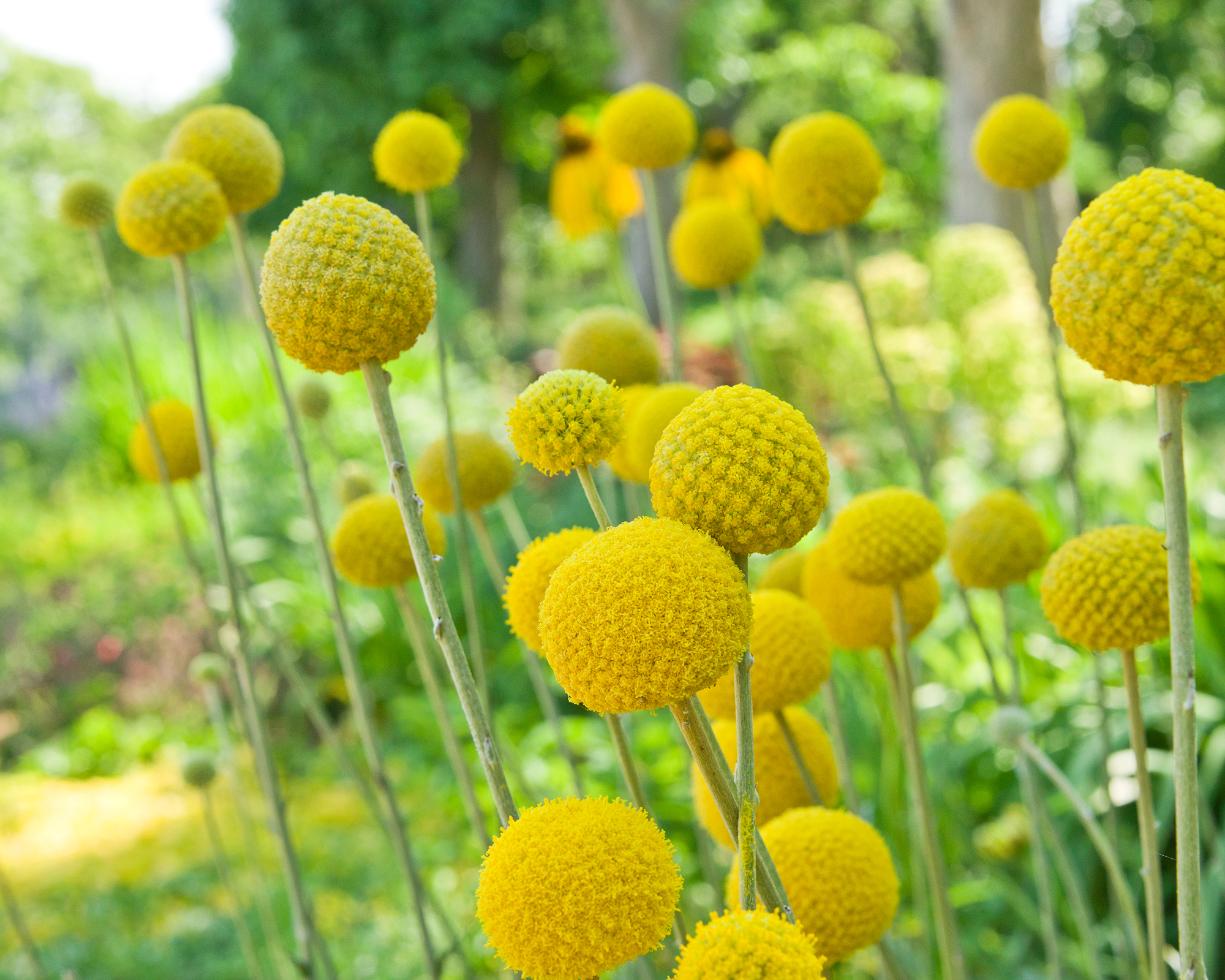 8 Unusual Flowers To Grow In Your Cutting Garden
8 Unusual Flowers To Grow In Your Cutting GardenAre you bored of traditional roses and peonies in your flower arrangements? Look beyond the obvious and plant these showstopping blooms in your cutting garden.
By Amy Grant
-
 8 Long-Lasting Cut Flowers You Can Grow In The Garden
8 Long-Lasting Cut Flowers You Can Grow In The GardenWhat could be more rewarding than growing a cutting garden filled with beautiful flowers? To get maximum enjoyment from your blooms, however, it's important to choose varieties with a long vase life. We reveal the loveliest varieties that will endure in cut flower arrangements for up to two weeks.
By Amy Grant
-
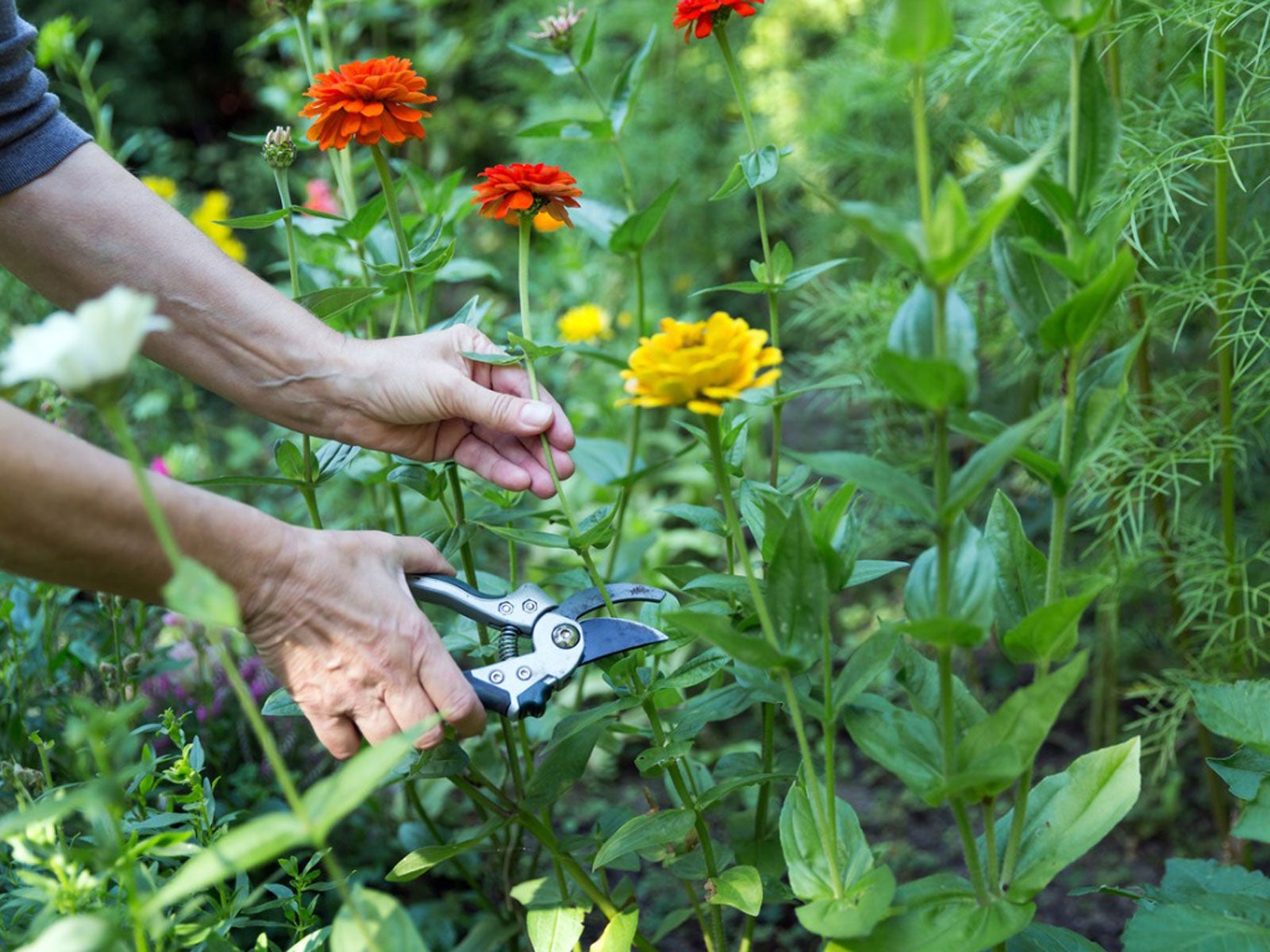 Harvesting Cut Flowers – How And When To Pick Cut Flowers
Harvesting Cut Flowers – How And When To Pick Cut FlowersSuccess in arranging your own cut flowers requires knowledge and consideration for the harvesting process. Get tips for cut flower harvesting here.
By Tonya Barnett